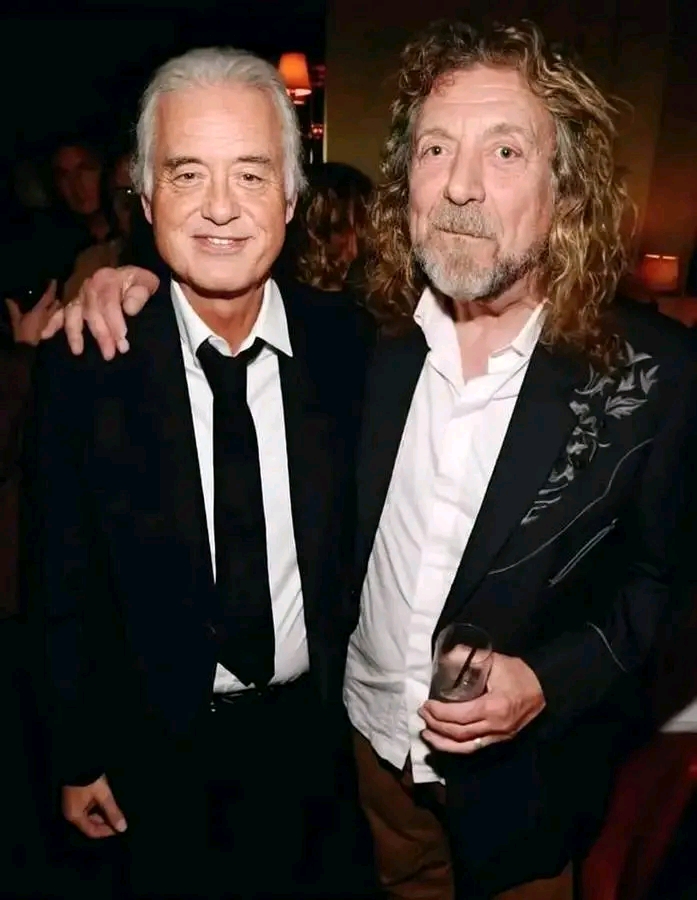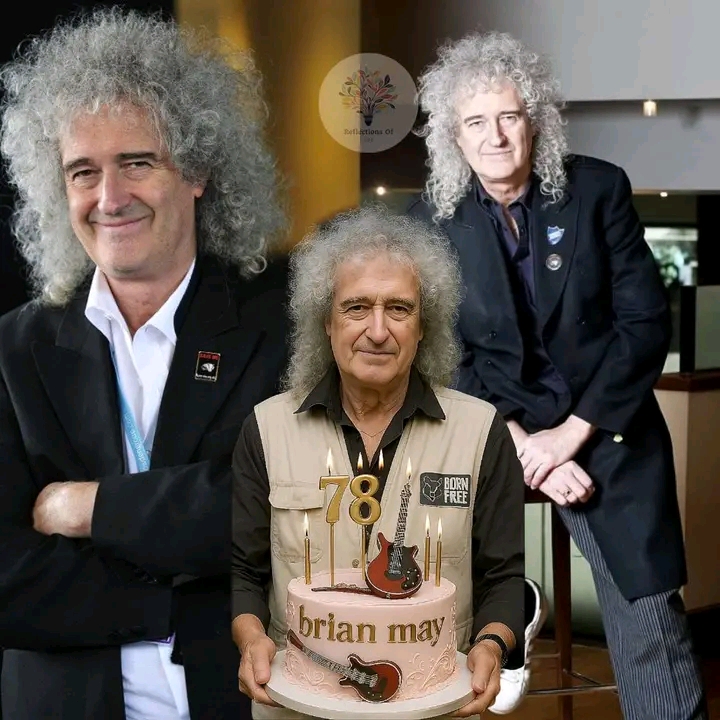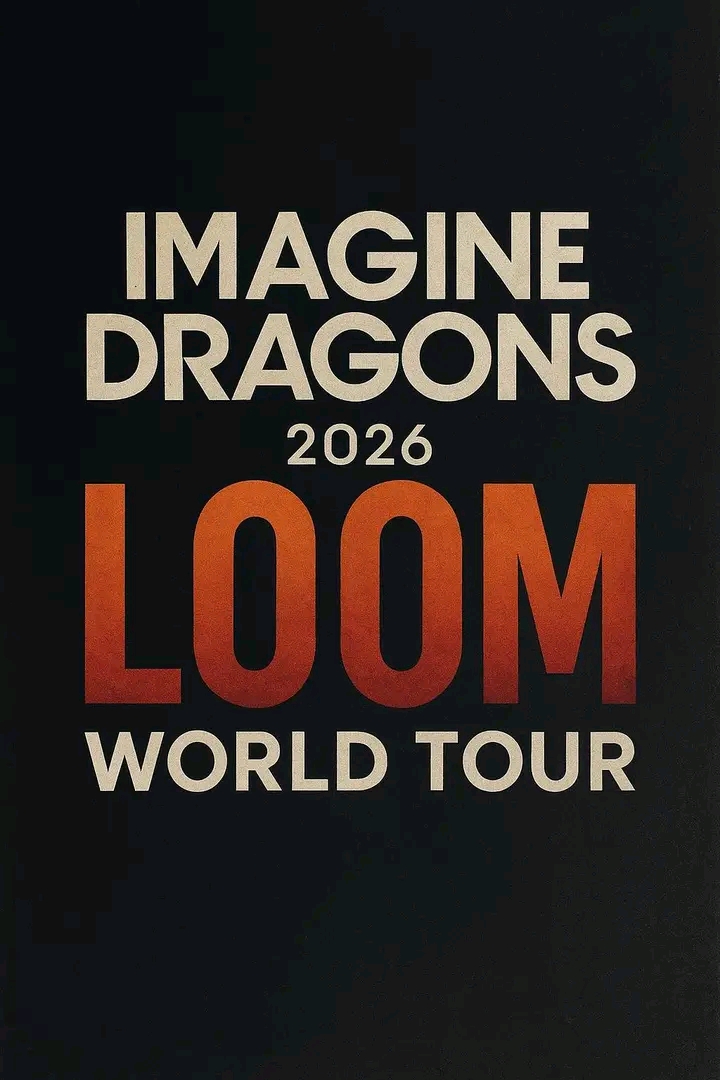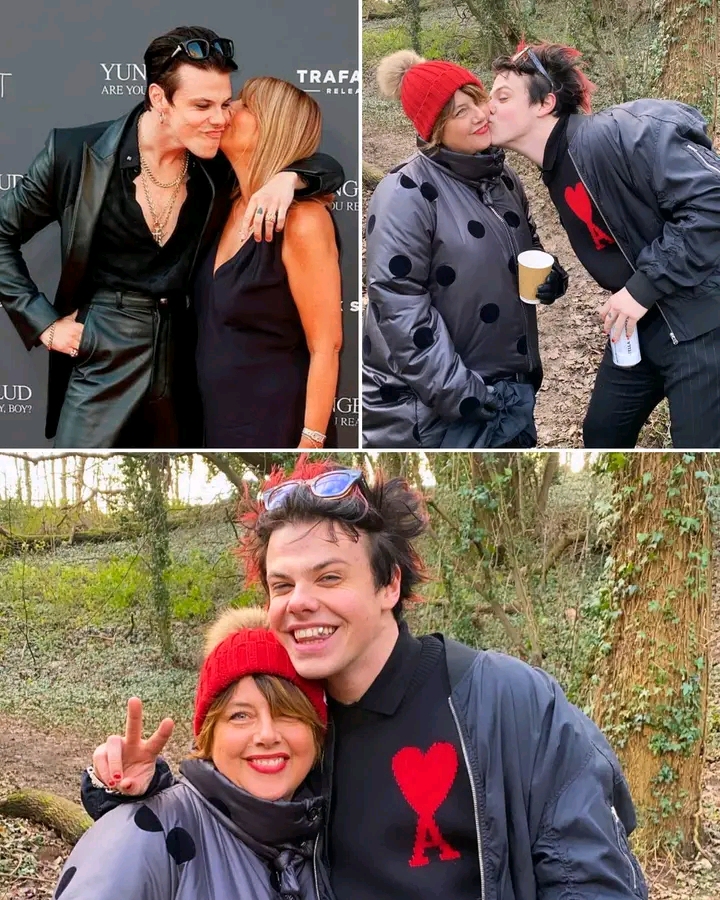In 1968, as the Yardbirds were dissolving, Jimmy Page found himself at a crossroads. He wanted to form a new band—one that would push musical boundaries—but needed the right people to bring that vision to life. While searching for a vocalist, Page was pointed in the direction of Robert Plant by none other than Terry Reid, the lead singer of Peter Jay and the Jaywalkers. Reid had been Page’s first choice, but due to prior commitments, including a tour with the Rolling Stones, he declined the offer. Instead, he urged Page to check out a young singer from Birmingham fronting a band called Hobbstweedle.
Page took Reid’s advice and saw Plant perform at a college gig. What he heard stunned him. Plant’s voice was raw, soulful, and powerful—far too good to be unknown. Page was intrigued but wondered if Plant might be difficult to work with, given his talent. After meeting him, however, Page was convinced. The chemistry was instant. Plant then recommended his drummer, John Bonham—a powerhouse percussionist with unmatched energy and precision.
With Plant and Bonham on board, Page added Yardbirds’ bassist Chris Dreja to complete the initial lineup. They began rehearsing under the name *The New Yardbirds* to fulfill leftover contractual obligations from Page’s time in the original Yardbirds. However, it quickly became clear this was something entirely different—bigger, louder, and more innovative. When Dreja left to pursue photography, John Paul Jones stepped in, and the final piece of the puzzle clicked into place.
That lineup—Jimmy Page, Robert Plant, John Paul Jones, and John Bonham—would soon become *Led Zeppelin*, a band that redefined rock music and left an indelible mark on music history. What began as a search for a singer became the creation of a l
egend.










